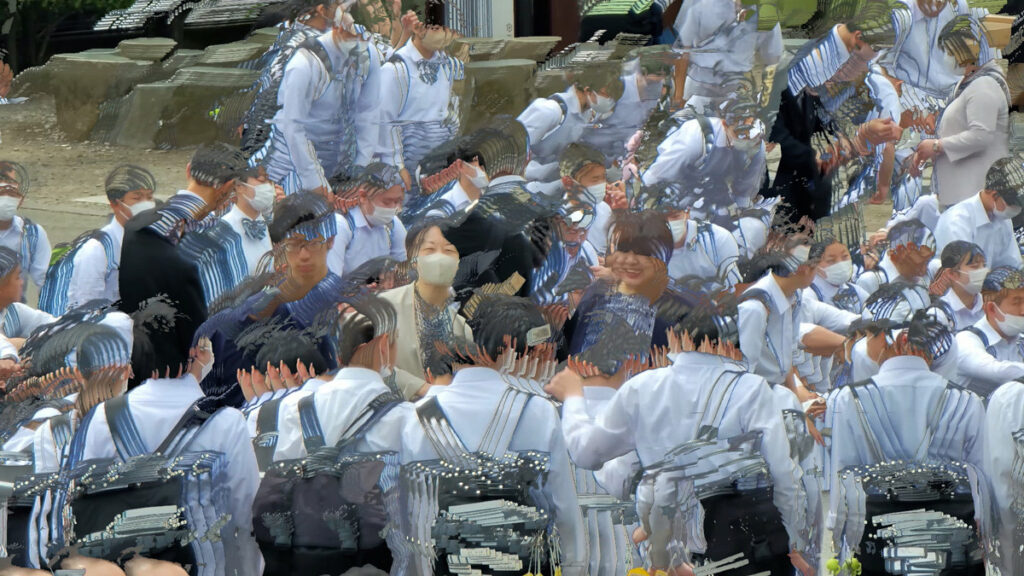Intermediale FESTIVAL 2024
4.10-3.11.2024 >Legnica >Poland
Concerts, AUDIOVISUAL PERFORMANCES
VENUE
Legnickie Centrum Kultury
Sala Maneżowa, ul. Chojnowska 2
Legnica, Poland
Free tickets available at the Satyrykon Gallery and the Ring Gallery, Legnica.
4.10.2024, 19.00
CINEMA.AV (DE/US)
Processing__ (DE/CA)
Re-interpretation of past audio-visual compositions, "VARIA.V3", in special collaboration for Intermedianale Festival 2024, with Processing__ on additional motions in vision."VARIA", originally released in 2021, and toured across the US and Europe, is a collection of sound collage, ambient textures and acidic bass lines. Made primarily with rack equipment from the early 1990's and later edited down into something both cohesive and meditative at the same time.
In conjunction with both antiquated and contemporary video instruments, the visual element is both pure and perfectly attuned to the sound at hand.
CINEMA.AV is the sound and vision efforts of Evan Henry, originally from Dallas, Texas, though has relocated to Berlin in recent years. He has released on labels such as Primary Optics, Pan-Am Tracks, Pure Life Records & T.R.U...
processing_____ is a visual art project inspired by thomas wilfred’s lumia, working on things in berlin via tiohtià:ke/mooniyang (curently known as montréal).
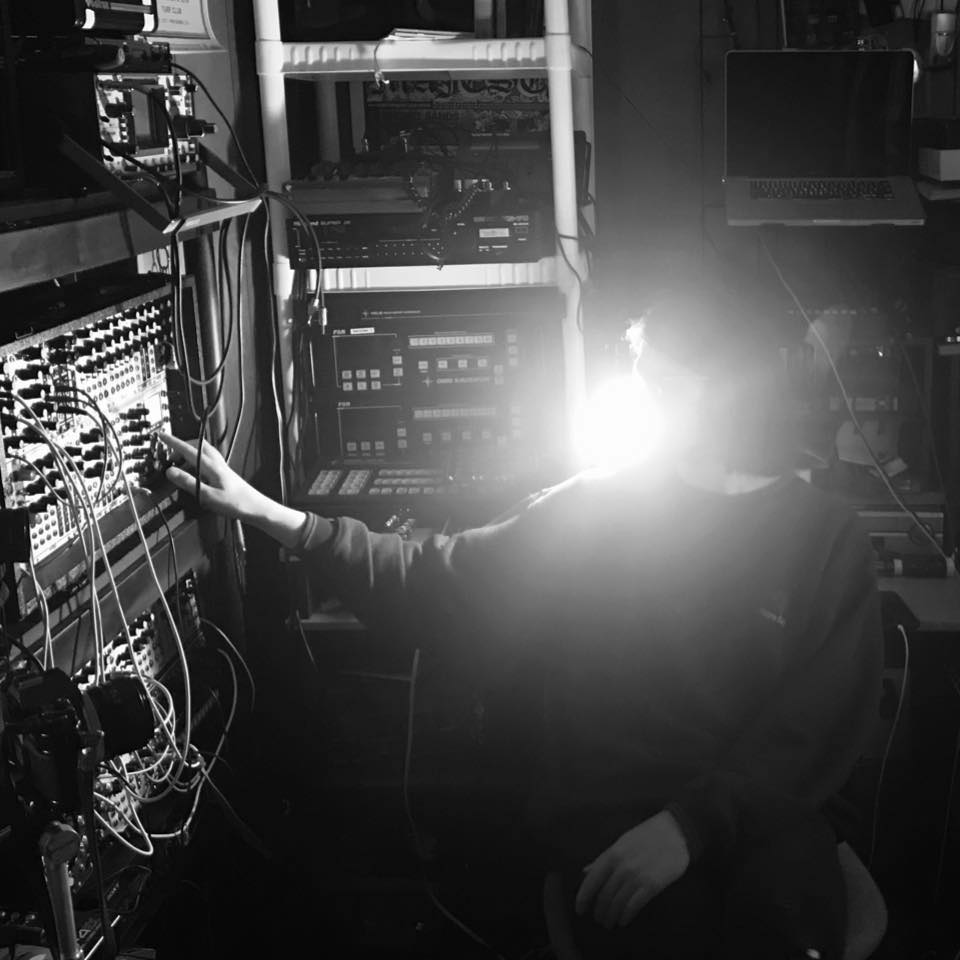
Simon Whetham (GB)
Since 2005 Simon Whetham has developed a practice of working with sonic activity as a raw material for creation. He uses environmental sound, employing a variety of methods and techniques in order to obtain often unnoticed and obscured sonic phenomena. When presenting work in a performance or installation, for him the space and the objects within become instruments to be played. His artistic investigations have caused him to work increasingly in multi-disciplinary projects, leading his work to become more visual and tangible. He is currently exploring ways to retain physical traces of sound and transforming energy forms.
"Successive Actions" is an iteration of the larger kinetic sound performance project series “Channelling” in which various motor devices, salvaged from obsolete and discarded consumer technology, are activated by playing sound recordings through them. In turn, this produces new sounds from the devices, which are amplified using various microphones and techniques.
The title comes from Dirk Raajmaakers "The Art of Reading Machines" as a term for mass production processes. As such, the recordings played through the devices are recordings of other devices used in previous versions of "Channelling", in which the sounds used were seemingly mundane sound phenomena that occur unpredictably and irregularly in everyday life - passing traffic, wind, doors closing. So now the sounds of devices malfunctioning and breaking from their programming are causing further action and disruption.
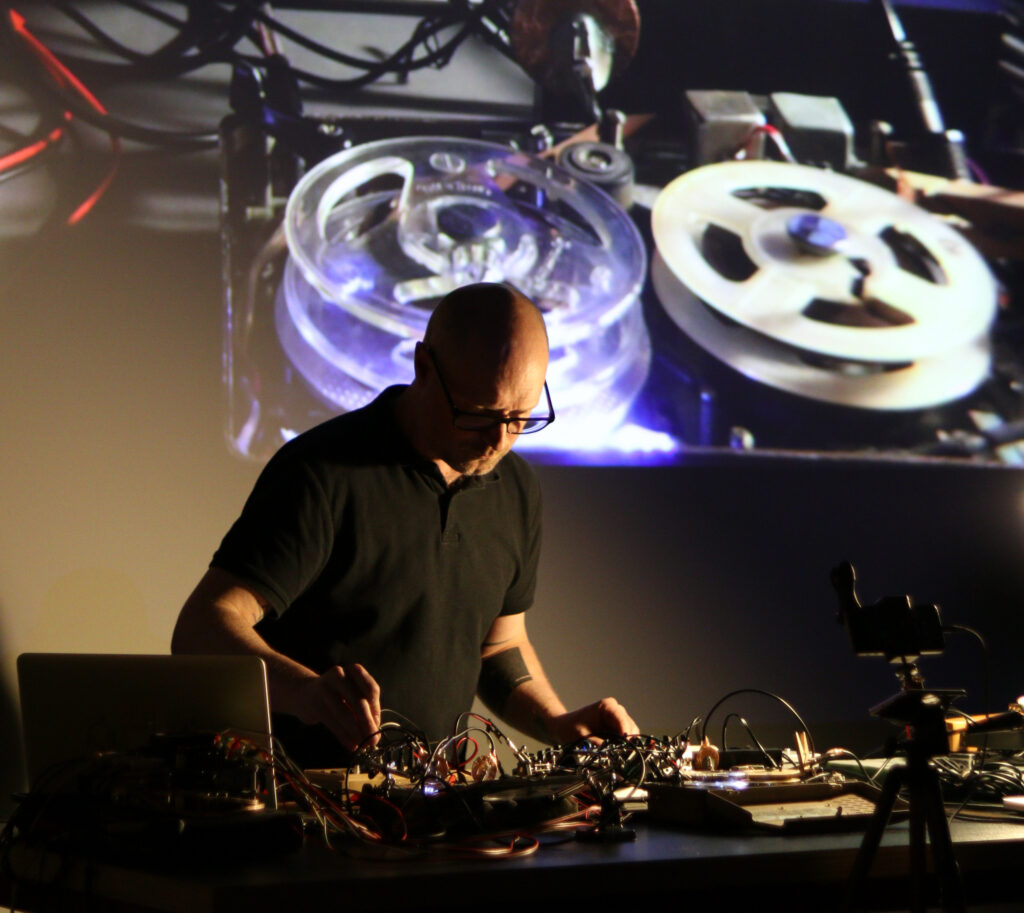
5.10.2024, 19.00
Grischa Lichtenberger (DE)
Grischa Lichtenberger is a Berlin-based electronic musician and visual artist, born in 1983 in Bielefeld, Germany. Lichtenberger first gained recognition for his experimental music, which blends glitchy, fractured beats with haunting soundscapes and distorted vocals. His early releases on labels such as Raster-Noton and Semantica Records garnered critical acclaim for their technical prowess and uncompromising vision.
In addition to his music, Lichtenberger is also an accomplished visual artist, creating immersive installations and performances that explore the intersection of sound, space and image. His work has been exhibited in galleries and festivals around the world.
Over the years, Lichtenberger has continued to evolve his sound, incorporating elements of jazz, pop, and classical music into his compositions. He has composed for international dance companies, including the Batsheva Dance Company (for Ohad Naharins critically aclaimed piece Last Work) and Jessica Nupen. His music has been featured in films, documentaries and computer games.
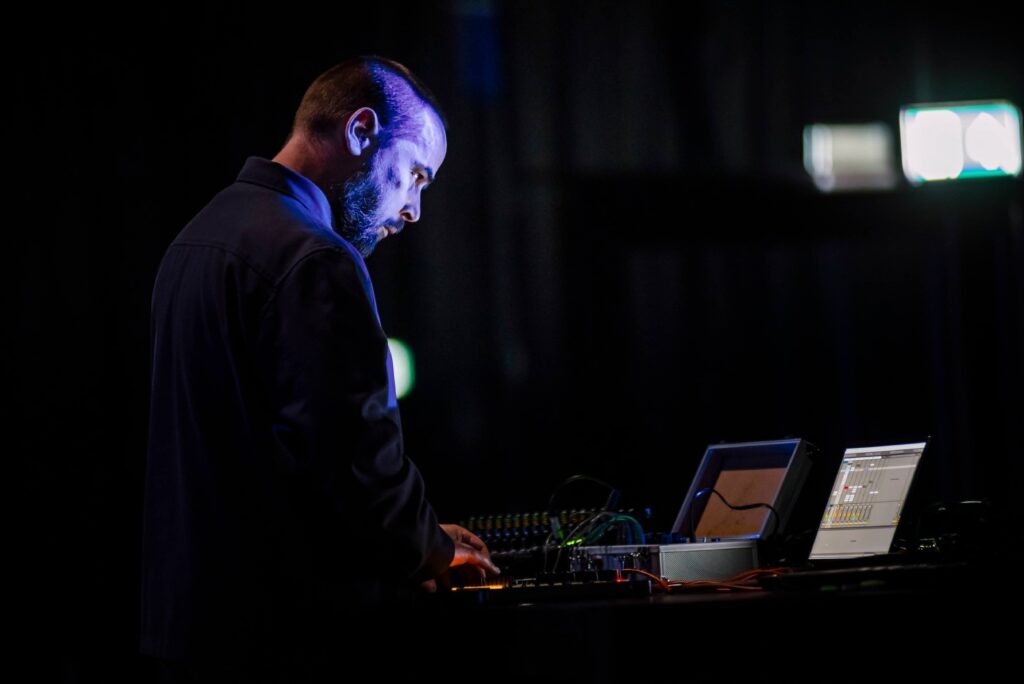
Inire (PL)
Inire’s audiovisual performance is inspired by the idea of the innocent eye, which has long been present in art, aesthetics, and cognitive science, and which concerns the recipient’s participation in the process of perceiving art, especially visual art. This concept says that there is no pure mind of the recipient. Using an analogy, we can assume that there is no pure mind of the creator. In the creator, this pure gaze is not only entangled in personal attitudes and beliefs, but also in the nature of the technology they use. In the question of the transparent gaze during the production of images in modular video systems, we ask to what extent the eye can be surprised, caught in a new aesthetic experience. And this concerns both the process of interaction between the artist and the machine, and between the artist and the recipient. Can the generated image surprise with its form, and why? Is it purely analytical or affective? Can the generated image free itself from the human gaze? Or is the gaze capable of freeing itself from the connotations associated with images?
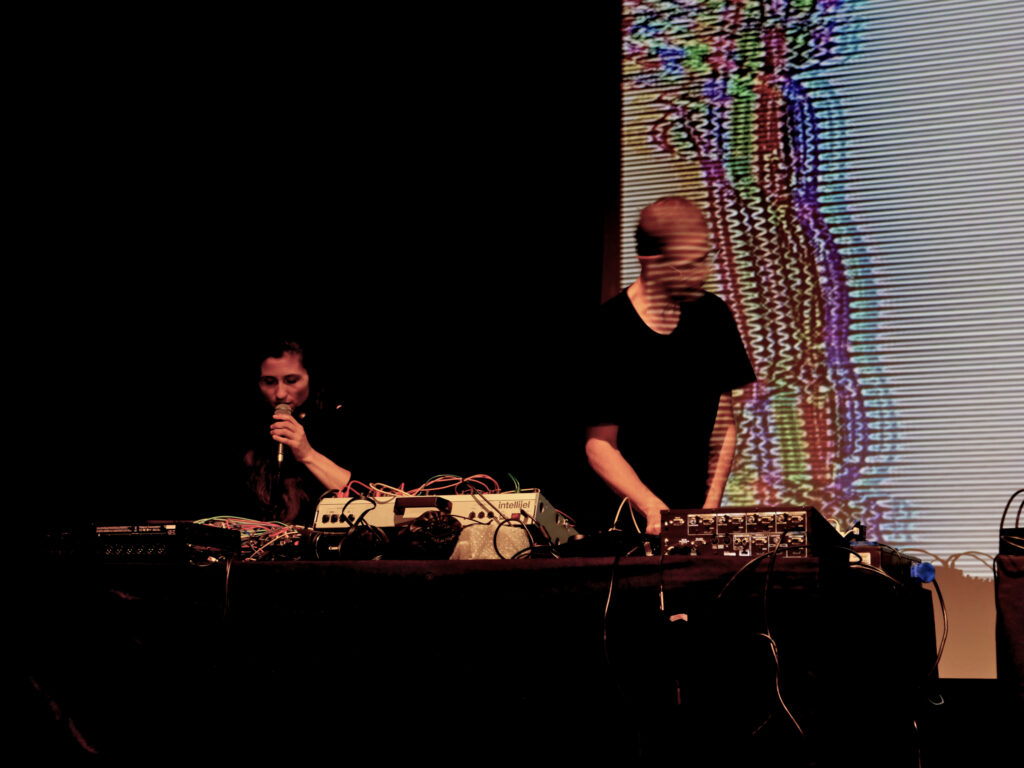
Debora Bernagozzi, Jason Bernagozzi (US)
Debora Bernagozzi works primarily with the mediums of video, photography, and fiber. Her ongoing body of video work consists of gestural, abstracted pieces that are more resonance than representation. She creates her work through a hybrid analog/digital method utilizing real-time video and audio processing techniques. She creates single channel pieces and installations, as well as doing live video performances, sometimes alongside her husband, artist Jason Bernagozzi. Her creative process is experiential, with video as well as with documentary photography and fiber art, including lacemaking. Jason Bernagozzi works seeks to deconstruct and remix the cultural codes embedded within the psyche of an increasingly mediated world. To achieve this, a central feature of their practice is the creation of video software and hardware used as a real time instrument for improvisational exploration. In particular, they are interested in the emergent properties of image processing as a vehicle for a critical examination of the power structures embedded within information technologies. Inspired by residency experiences that were transformational for them both personally and artistically, Debora and Jason Bernagozzi, along with Hank Rudolph co-founded Signal Culture, a nonprofit organization that provides residencies, resources, and exhibition opportunities for artists, researchers, and innovators working in experimental media art. Pulse When conceiving of Pulse, we were thinking of circulatory systems - of the body, of transportation, of nature, - literal, figurative, seen and unseen. In what ways are we all connected? The footage for Pulse was recorded in the summer of 2023 aboard trains, buses, and while walking in Japan. The audio from subway announcements is combined with field recordings using an electromagnetic frequency recorder that gathers the inaudible pulsations of these trains. Can we know all that modulates experience? Burn The footage forBurnwas recorded in the summer of 2023 in and near the Cameron Peak burn scar in northern Colorado. The fire, which occurred over a 3 ½ month period in late 2020 burned over 300 square miles of of forest in the rugged Rocky Mountains. The Bernagozzis live nearby and have been fascinated by the aftermath - the scars and damage, but also the new growth triggered only by the extreme heat. While this piece isn’t about the fire, specifically, it is inspired by energy that consumes, transforms, and reveals. The landscape is a point of connection that allows us to explore this energy. The audio for this performance comprises the opening and closing of a single oscillator using looping and filtering to make the single voice a chorus.
8.10.2024, 19.00
Trio Hybrid (IT)
INSIDE MEMORY is an audiovisual project which explores the parts of our cognitive systems combined together to form the human memory. The performance is a tour in our brain and plays the multi- dimensional cognitive maps in form of music and live visual. The performance offers a highly perceptive, visual and sound return of the effect that memory have on our human experience. Trio Hybrid: Fabrizio Casti, Sandro Mungianu, Roberto Zanata.
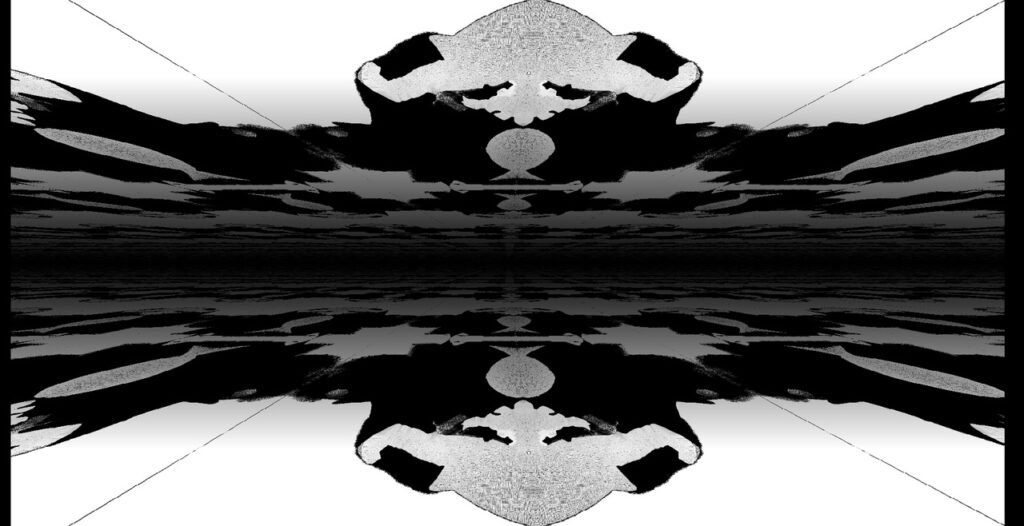
State – butoh performance by Wojciech Matejko & Wojciech Benicewicz
"State" is an invitation to an inner journey. The embodiment of change and a meeting of fragility. Postcards from a journey of becoming. A hug waiting for a coming back. Videoperformance interconnecting Butoh dance performed by Wojciech Matejko with Wojciech Benicewicz's music and live video stage setting.
Wojciech Matejko - Butoh performer, cultural animator, sociologist. He treats butoh not only as a performing art, but also as a non-religious ritual practice and a tool for transforming body and mind. He studied with Atshishi Takenouchi, Ken Mai, and Dai Matsuoka. He presents his performances and improvisations both on the stages of international festivals, and in public places. He is a co-creator and coordinator of the Open Jazdow Partnership.
Wojciech Benicewicz - a visual artist and a musician. He performed his music and presented his video arts during WRO Media Art Biennale, Wroclaw Industrial Festival, LEM Festival, Videosyntezy, Intermediale Festival, Trans/Wizje, Zawieje, Hamburg Artgenda Festival, Temple of Silence, Videoprzestrzenie BWA, and others. Since 2001, he has been an artistic director for Okultura Publishing.
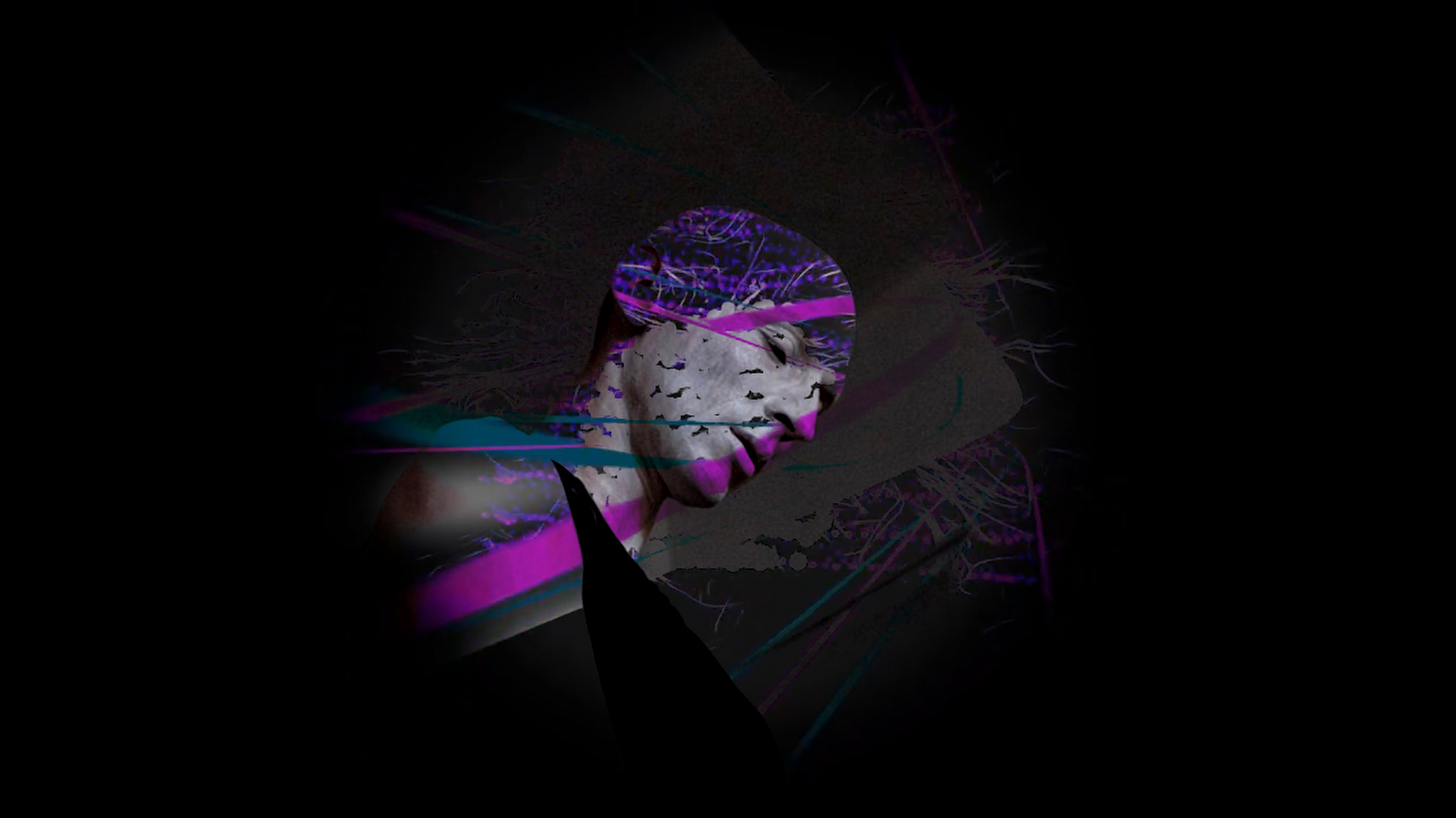
26.10.2024, 19.00
Beniamin Głuszek (PL)
Neuromusic is an interactive artwork that transforms visitors' brainwaves into music. The aim is to allow individuals to experience their own brain activity as sound. Each parameter of the generated music is directly linked to the brain activity measured by an electroencephalograph (EEG) at a given moment. In this setup, the traditional roles of audience and performer blur, as Neuromusic relies on the brainwave input from participants. Consequently, each person encounters a unique and individualized auditory experience.
Beniamin Głuszek is a graduate of the Karol Lipiński Academy of Music in Wrocław, where he studied music theory, and the Wrocław School of Jazz and Popular Music, where he specialized in guitar. He also completed a first-degree EEG-Biofeedback course at BioMed Neurotechnologie. Since 2016, he has been developing an interactive sound installation called Neuromusic, which has been showcased in Scotland, the Netherlands, the Czech Republic, and at several Polish contemporary music festivals, including Warsaw Autumn, Musica Polonica Nova, AudioArt, and others.
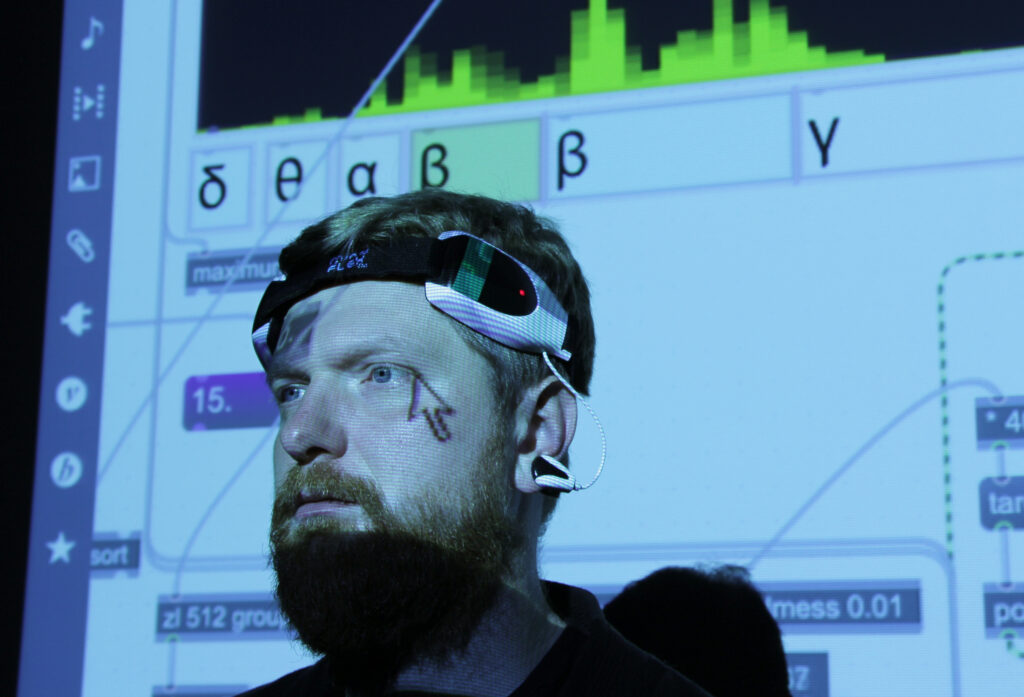
Paweł Janicki (PL)
Paweł Janicki — draws primarily from the achievements of music, contemporary and media art, and posthumanist practice — but constructs forms that are different from the existing ones. He engages a wide spectrum of techniques, approaches, and protocols: he creates works using synthetic senses, programming techniques — also in their contemporary, cognitive incarnation — and elements of space and materials engineering. Historical and current contexts play an important role in Janicki's work — in particular, art history and something that could be called the history of thought. Janicki is a permanent member of the WRO Art Center program team, and his list of institutional collaborations and affiliations includes HAT Research Center, NASA, Fraunhofer Institute, and many others.
Cellular Synthesis is an author's concept and technique of musical composition based on a fusion of cellular automata and additive synthesis. The aim of the project is to enable the creation of complex and rich sound structures and mechanisms usually only available through direct programming involvement — but by means of graphical coding using only a set of simple rules. Due to the fact, that the Cellular Synthesis operates on both generative composition (score) and audio layer, shaping macro and micro leyers of the piece with the same set of rules, this concept can be seen as some kind of development of the mechanisms with which Iannis Xenakis experimented (for example, UPIC enabled graphical shaping of both the visual score itself and the waveforms of the sound oscillators - which is some analogy to some of the Cellular Synthesis features).
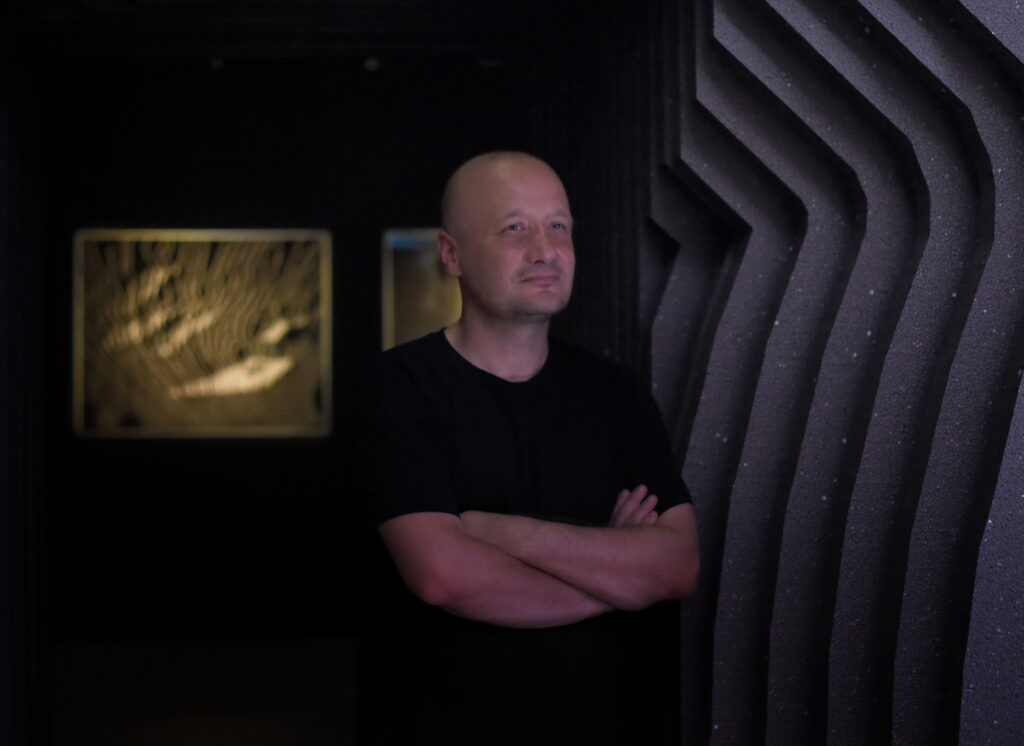
Michael Begg (GB)
Out of Whose Womb Comes the Ice features live mixing of film footage, field recordings and electronic composition from the abandoned research bases, haunted whaling factories and the bleak, beautiful landscapes that make up this distant, fragile continent of ice.
As the first musician in residence for the Friends of the Scott Polar Research Institute, Michael Begg spent six weeks in Antarctica as a guest of the Royal Navy aboard HMS Protector. He captured extensive field recordings and video footage throughout his residency and from this material has constructed an intimate portrait of isolation and abandonment in the world’s most remote and hostile environment.
Michael Begg is a composer and sound artist, based in East Lothian, Scotland. He is an Associate Artist at The Queen’s Hall, Edinburgh, and has held residencies with the European Marine Board, Ocean ARTic Partnership, the Mexican Centre for Music and Sound Art, and Friends of the Scott Polar Research Institute.
He won the New Music Scotland Award for Sound Art in 2018, for his site specific sound work, TITAN.
He is the founding member of Human Greed, and the musical director of Black Glass Ensemble. The Ensemble was featured in a two day showcase, Black Glass In Pieces, in the Made In Scotland EXPO at the 2022 Edinburgh International Fringe.
Michael was - and remains - a core member of Clodagh Simonds's Fovea Hex, and has released collaborative albums with Colin Potter, Chris Connelly and Roedelius in addition to numerous solo recordings.
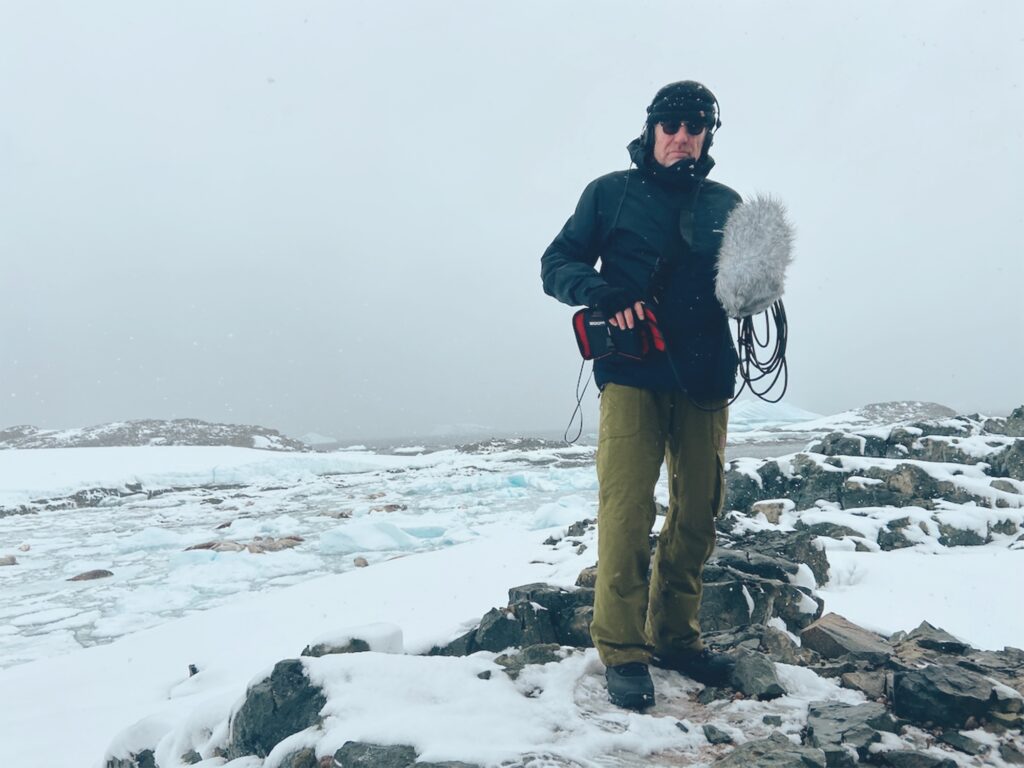
27.10.2024, 19.00
Fe Baido (ES)
Fe Baido was born in 2018 as an analogic experimental music band. One of their main elements is their belief that music and art can be a healing item, allowing to connect with ourselves and also with our surroundings and with the others. This is one of this project’s driving forces and their live shows’ leitmotiv. They are Pau Robert at synthesizers and cassettes and Björt Rúnarsdóttir at cello and pedals. Together, they create a sonic landscape close to ambient music, with melodic spaces that generate an environment that walks the audience so that they plunge in an intimate and introspective trip.
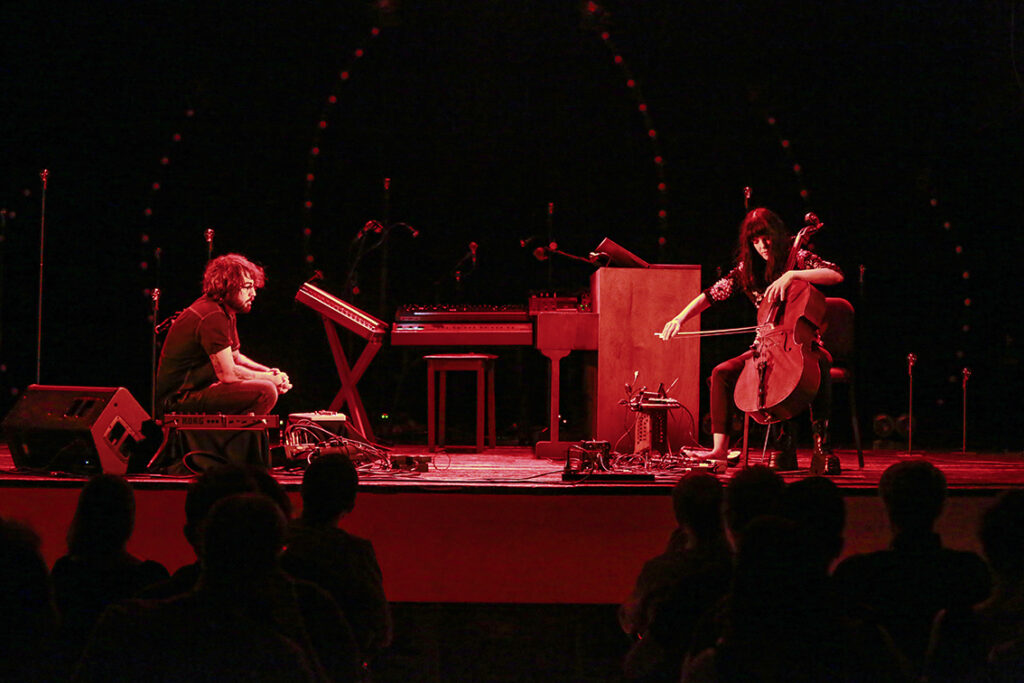
Metronomes Tales (PL)
Metronome’s Tales, a duo formed by Maciej Trybuchowski(guitar) and Krysztof Pawlik (double bass and electronics) and that bring us an audio-visual experience. This project focuses on the exploratory field of issues and phenomena related to rhythm, its fluctuations and irregularities, and on the sounds of acoustic stringed instruments and their electronic transformations. The group will present an audiovisual performance composed for electric guitars, double bass, electronic, electro-acoustic and acoustic instruments. The sound and visual layers are based here on audio and video field recordings, displaying the process of creating rhythmic structures and their constant changes in the space of the city’s audio sphere.
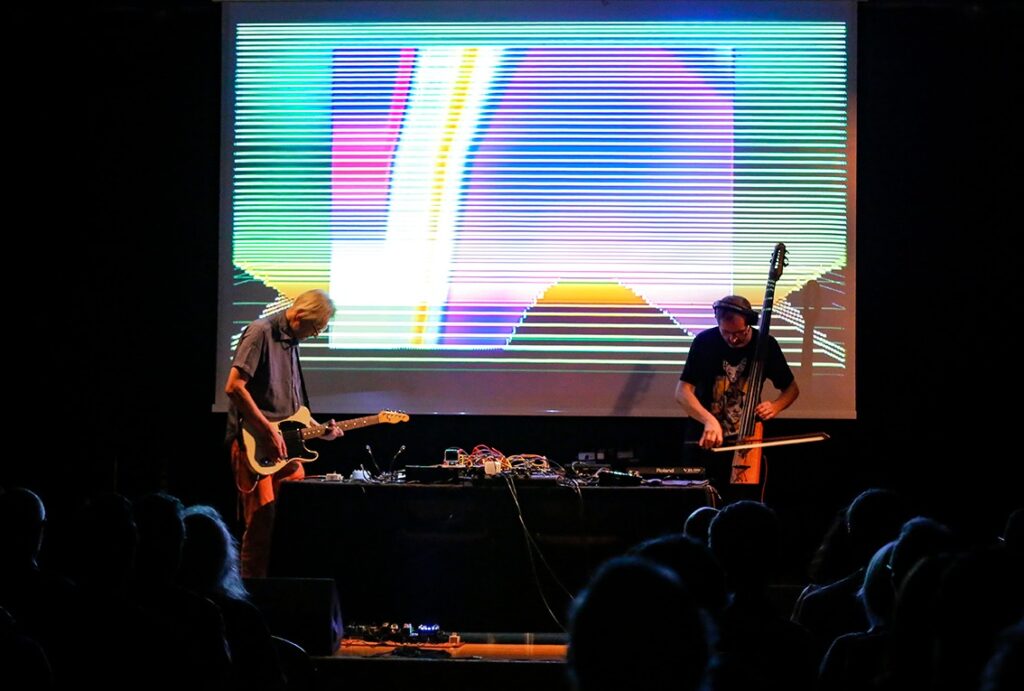
The Embryonal Position (Pl)
The Embryonal Position was created in the 90s. It is the first audiovisual group in Legnica, having started as an innovative, stage-based performance combination of sound and picture, looking for connections between electronics and poetry. Their work resonates with the embryonic climate of psychedelic jokes, suspended between synth pop classics and dadaist cabaret with a touch of post-punk aesthetics. The Embryonal Position reveals itself in vast time intervals. At this year's Intermediale, the group will present a special project for the 30th anniversary of the Festival.
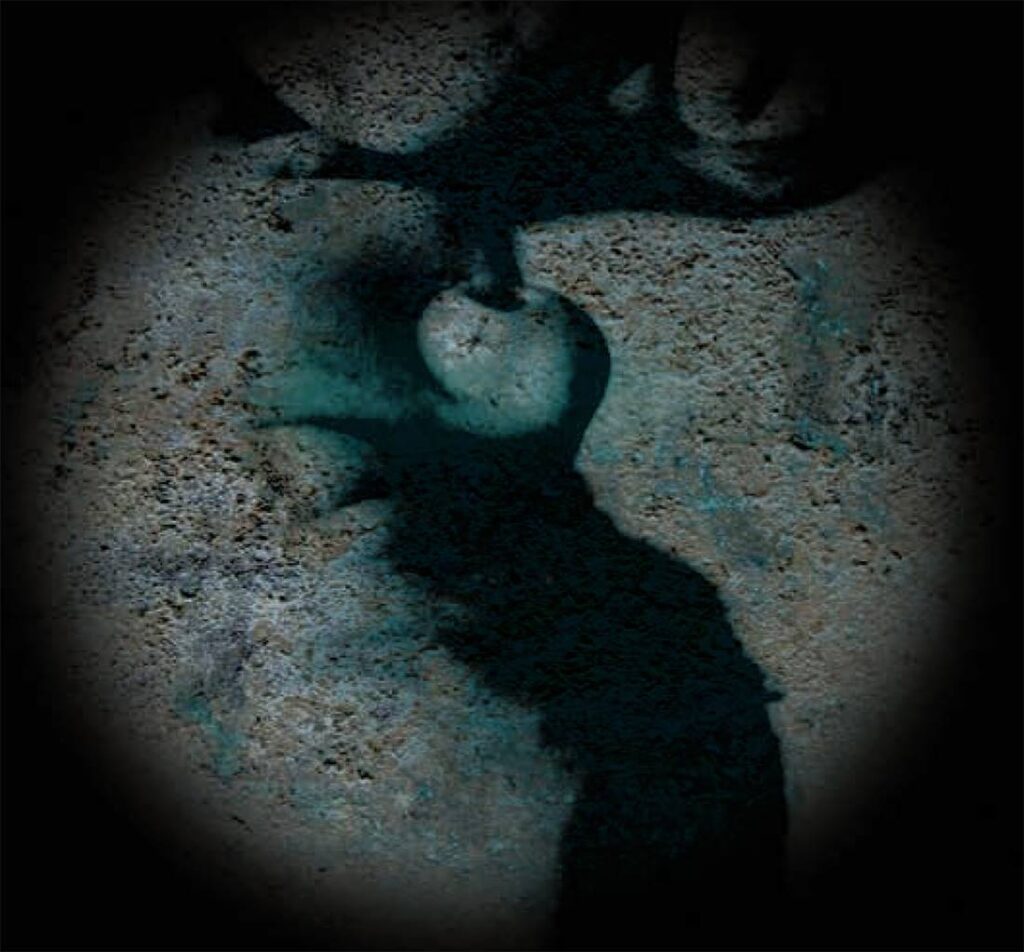
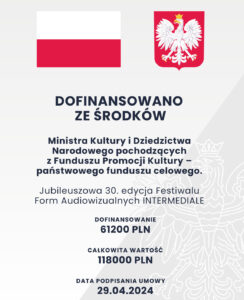
Exhibition
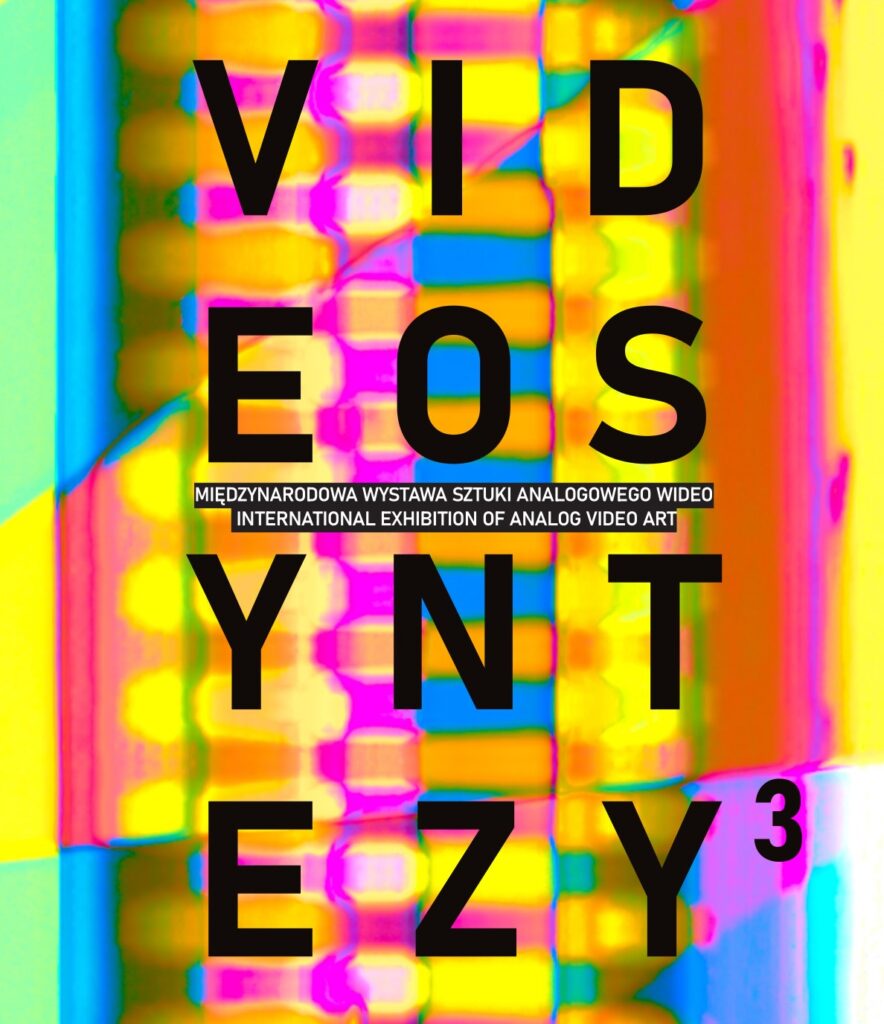
4.10-3.11.2024
VENUE
Galeria Ring
Rynek 12
Legnica, Poland
VIDEOSYNTEZY 3
We are very pleased to announce the list of works shortlisted for the Videosytnezy 3 exhibition, which will include 57 artworks by 39 artists (teams) from 17 countries.
1. Agamemnon Juunes - Cooking FAQ: Chicken (US 2023)
2. Gabriel Silva - ANEMOIA (PT 2024)
3. Zsolt Gyenes - ElectroLandscape (HU 2023)
4. Zsolt Gyenes - Vortex (HU 2023)
5. Zsolt Gyenes - Equivalent (HU 2023)
6. Zsolt Gyenes - Calligraphy (HU 2024)
7. Zsolt Gyenes - ElectroStream (HU 2024)
8. Aaron F. Ross - The Eternal Recurrence of Unique Conditions (US 2024)
9. CINEMA.AV - Gravitas III (US/DE 2024)
10. CINEMA.AV - A4_7 (US/DE 2023)
11. CINEMA.AV & CROSSPOLAR - Wind Systems (Unreleased) (US/DE 2024)
12. Acidic Male & Jelmer Noordeman - Shifting Passage (NL 2024)
13. Malyboros - Feedback Experiments (US 2024)
14. Rachel Efruss - Noise Study 01 (US 2024)
15. Rachel Efruss - Noise Study 02 (US 2024)
16. Pascal Hector - Aus der Körperzone raus (DE 2023)
17. Pascal Hector - Orbital Resonance (DE/US 2024)
18. Pascal Hector - Erasing (DE 2023)
19. Existenz - Síndrome de La Habana (AR 2023)
20. Nathan Hill - Eye Deconstruct (US 2024)
21. Loris Cericola - Mare di notte (IT 2023)
22. Loris Cericola - Frammenti di vita (IT 2023)
23. Monica Duncan and Senem Pirler - Tears for Lost Frequencies (US/TR 2024)
24. Simon Girard, Alexandre Yterce - Atomes (FR 2023)
25. Waking States - The Gateway (IL 2023)
26. Omer Hershman - Symptoms and Causes (IL 2023)
27. Dan Chelger - Coral (AR 2024)
28. Fox Burroughs - Phase Displacement (US 2023)
29. Wojciech Benicewicz - False Feedback (PL 2024)
30. Toby Kaufmann-Buhler - Parallel to All Truth (Hambidge) (US 2023)
31. Toby Kaufmann-Buhler - Sawing Sound (study 17) (US 2023)
32. Toby Kaufmann-Buhler and Nick Turner - Under Dark Pines (US 2023)
33. Toby Kaufmann-Buhler and Nick Turner - A Place to Hide (US 2023)
34. Kevin Pearce - Maniacal Vibrance (US 2024)
35. Andrei Jay - Out of phase 1 (US 2023)
36. Andrei Jay - Out of phase 2 (US 2023)
37. Andrei Jay - Out of phase 3 (US 2023)
38. Robert B. Lisek - Avalanche (PL/CZ 2024)
39. Stochastic Reverie - Cocoon (MX/SE 2023)
40. Stochastic Reverie - Growing pains (MX/SE 2024)
41. Stochastic Reverie - Thats's how it all ended (MX/SE 2023)
42. Renalien - Fugue state auto bond (US 2024)
43. Wim Hermans aka byWM - Rational simplicity (BE 2024)
44. Ocusonic - The Shortest Distance Between Two Points (IE 2023)
45. gLoart - Miniatures - Compote pour collation (CA 2024)
46. gLoart - Miniatures - Petite nature (CA 2024)
47. gLoart - Miniatures - La fin des becs de bonne nuit (CA 2024)
48. gLoart - Miniatures - Argent de poche (CA 2024)
49. Scott Kiernan - Chattering Matte (US 2023)
50. Scott Kiernan - Inflection Point (US 2023/2024)
51. James Connolly - Cathode Ray Algorithms (US 2024)
52. Sean Russell Hallowell - Geometria Sacra (US 2024)
53. Allen Riley - Augmentation System (US 2024)
54. Gilbert Sinnott - Machina Extract 1 (DE 2024)
55. Gilbert Sinnott - Machina Composition 1 (DE 2024)
56. Gilbert Sinnott - Machina Extract 2 (DE 2024)
57. BeBab - UnderWater (DE 2024)
58. James Connolly & Monica Panzarino - Untitled (US 2024)
STAN
An exhibition of works commissioned by the festival that draw inspiration from the artwork of Stan Ostoja Kotkowski.
1. Debora Bernagozzi (US)
2. Eric Lennartson (US)
3. NiemmansLand (DK)
4. Alberto Novello (IT)
5. Krzysztof Pawlik (PL)
6. Kit Young (US)
Our partners








Dofinansowano ze środków Ministra Kultury i Dziedzictwa Narodowego pochodzących z Funduszu Promocji Kultury – państwowego funduszu celowego, z budżetu Samorządu Województwa Dolnośląskiego oraz z Gminy Legnica.

